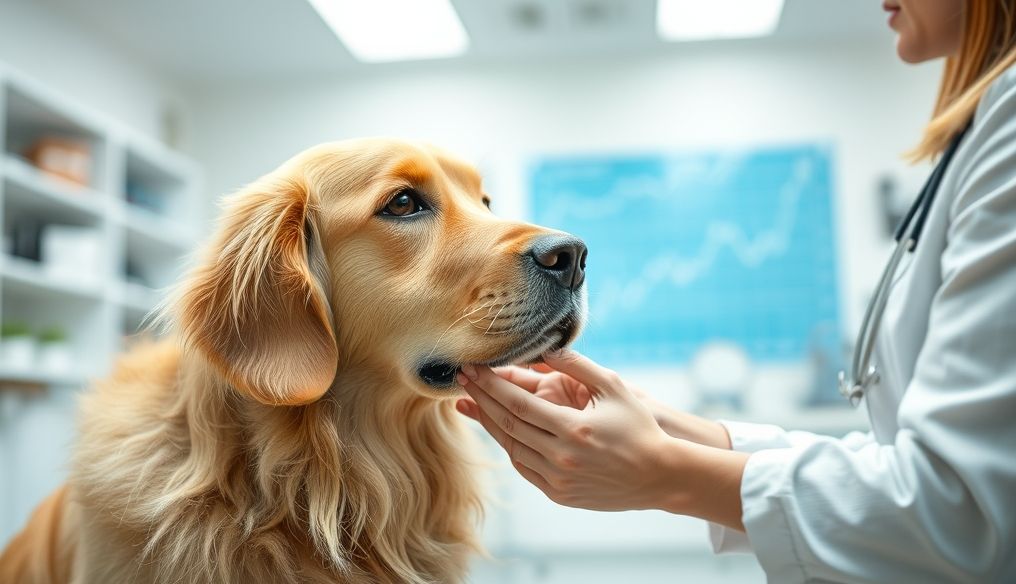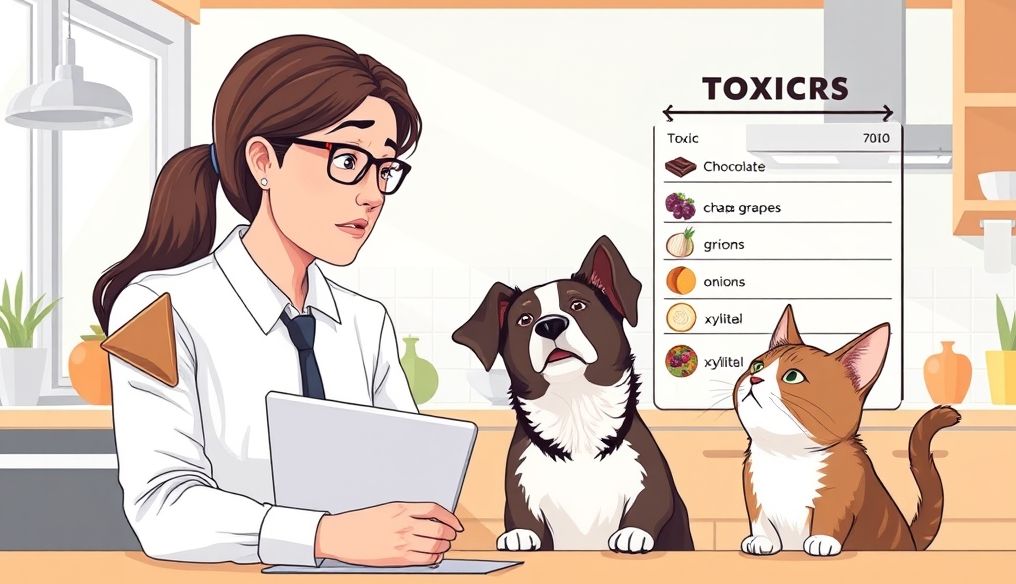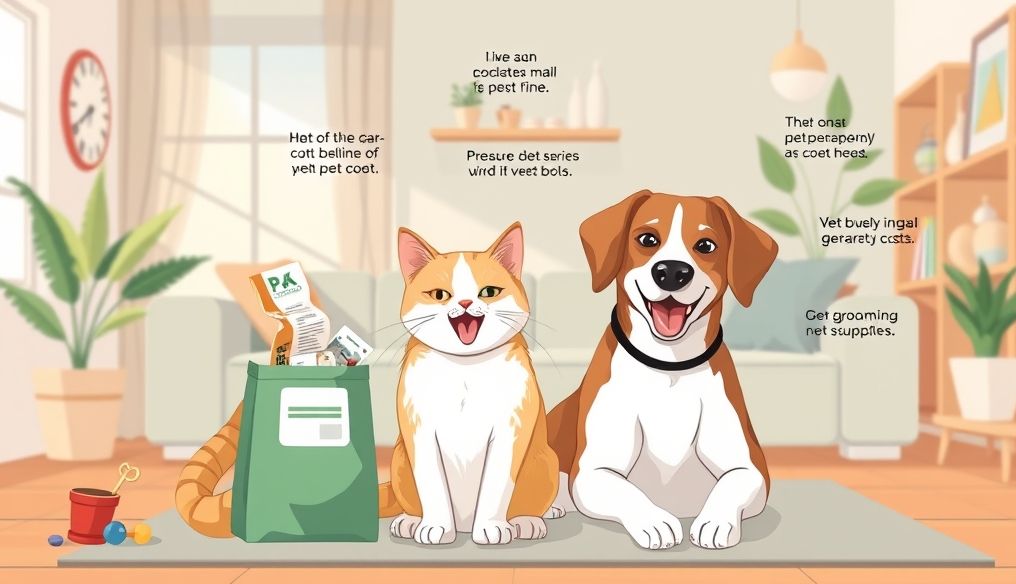What are the causes of excessive hair loss in pets and how can it be treated?
Excessive hair loss, or alopecia, is a common condition affecting pets, and it can be distressing for both the animal and its owner. Understanding the potential causes and appropriate treatments is crucial for maintaining your pet's health and happiness.
Causes of Excessive Hair Loss in Pets
There are many reasons that can lead to excessive hair loss in pets. Among the most common causes are:
1. External Parasites
Fleas, ticks, and mites are common external parasites that can cause severe itching and skin irritation, leading to hair loss.
- Fleas: Cause intense itching that can lead to excessive scratching, resulting in hair loss.
- Ticks: Ticks can transmit diseases that cause hair loss.
- Mites: Such as Demodex and Sarcoptes mites, can cause severe skin infections leading to hair loss.
Treatment: Use topical or oral treatments to eliminate parasites. Consult a veterinarian to determine the most appropriate treatment.
2. Allergies
Allergies to food or the environment (such as pollen or dust) can cause itching and skin irritation, leading to hair loss.
- Food Allergies: Pets may be sensitive to certain ingredients in their food, such as chicken or beef.
- Environmental Allergies: Pollen, mold, and dust can trigger allergic reactions.
Treatment: Identify and avoid allergens. A veterinarian may recommend antihistamines or a special diet.
3. Skin Infections
Bacterial or fungal infections can cause hair loss.
- Bacterial Infections: Often occur due to small scratches or wounds that allow bacteria to enter the skin.
- Fungal Infections: Such as ringworm, a common fungal infection that affects pets and humans.
Treatment: Use antibiotics or antifungal medications prescribed by a veterinarian.
4. Hormonal Disorders
Certain hormonal disorders, such as hypothyroidism or Cushing's disease, can lead to hair loss.
- Hypothyroidism: A condition where the thyroid gland does not produce enough hormones, leading to hair loss and dry skin.
- Cushing's Disease: A condition where the adrenal gland produces too much cortisol, leading to hair loss and thinning skin.
Treatment: Hormone therapy under veterinary supervision.
5. Stress and Anxiety
Stress and anxiety can lead to behaviors such as excessive licking or chewing of fur, resulting in hair loss.
Treatment: Identify and reduce sources of stress and anxiety. A veterinarian may recommend anti-anxiety medications or behavioral changes.
6. Malnutrition
A deficiency in essential vitamins and minerals can lead to hair loss.
- Essential Fatty Acid Deficiency: Necessary for healthy skin and fur.
- Zinc Deficiency: Necessary for hair growth.
Treatment: Ensure that the pet is eating a balanced diet rich in essential nutrients. Supplements can be added under veterinary supervision.
7. Genetic Factors
Some breeds are more prone to hair loss than others due to genetic factors.
Treatment: Unfortunately, there is no specific treatment for genetic factors, but symptoms can be managed with proper care.
8. Autoimmune Diseases
In some cases, the pet's immune system may attack hair follicles, leading to hair loss.
Treatment: Immunosuppressant medications prescribed by a veterinarian.
Diagnosing Excessive Hair Loss
To diagnose the cause of excessive hair loss, a veterinarian may perform the following tests:
- Physical Examination: To assess the condition of the skin and fur.
- Skin Scrapings: To take skin samples and examine them under a microscope to detect parasites or fungi.
- Allergy Tests: To identify allergens.
- Blood Tests: To assess thyroid and adrenal gland function and detect any hormonal disorders.
- Skin Biopsy: In some cases, a skin biopsy may be needed to examine the skin under a microscope.
Treating Excessive Hair Loss
Treatment for excessive hair loss depends on the underlying cause. Treatment may include:
- Medications: Antiparasitics, antihistamines, antibiotics, antifungal medications, or hormone therapy.
- Dietary Changes: Changing the diet to avoid allergens or provide essential nutrients.
- Medicated Shampoos: To help soothe the skin and reduce inflammation.
- Stress Management: Providing a calm and comfortable environment for the pet.
Tips for Preventing Excessive Hair Loss
Some measures can be taken to prevent excessive hair loss in pets, including:
- Parasite Prevention: Using regular preventive treatments against fleas, ticks, and mites.
- Proper Nutrition: Providing a balanced, high-quality diet.
- Regular Grooming: Brushing the fur regularly to remove loose hair and reduce tangles.
- Regular Veterinary Check-ups: To detect any health problems early.
In conclusion, excessive hair loss in pets can be a sign of a variety of health problems. By understanding the potential causes, proper diagnosis, and effective treatment, you can help maintain your pet's health and happiness.




